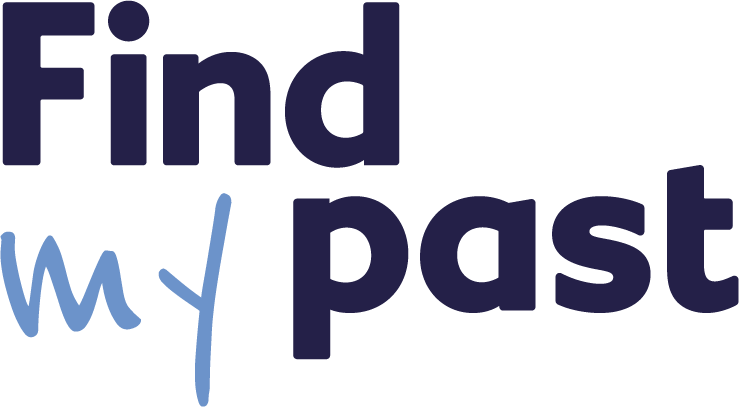


Ancestry’s records focus largely on the U.S., Mexico, the U.K., Australia and New Zealand, Germany, France, Italy, Sweden.Each of the big four are strongest in certain regions. Picking the best site for you might be as simple as knowing what geographic area you want it to cover. In addition, FamilySearch has a library of well over a million personal stories that have been contributed by their users, which can be an incredible resource to rounding out your family history.įindmypast allows users to upload photos and other content as well, but at the moment they are all stored privately and cannot be searched by other users. has more than 75 million user documents, videos, and photos available.į has a smaller collection of photos, less than 20 million at last count, but they are still well worth checking out. More than 200 million photos and scanned documents have been uploaded to and are all searchable. Most of the big four genealogy websites also let you search content that has been uploaded by other users. The only way to see someone else’s tree is if they share it with you. If you can find your spot on the tree, it can help you find hundreds of new ancestors and relatives.įindmypast allows you to build a family tree online, but they are not currently searchable, so you can’t look for clues in other peoples’ trees. That one family tree already has more than a billion names on it, with a very low percentage of accidental duplicates. Users can also share their trees with only specific people if they want.įamilySearch, on the other hand, only has one single family tree, but every one of its users can contribute to that tree and see all of the records. If the exact same person is listed in a thousand different family trees, the companies still count that as a thousand names when they calculate their numbers.Īncestry and MyHeritage also let users decide if their trees will be public or private, so not all of those names are actually searchable. One potential problem with these numbers, though, is that a lot of those billions of names are duplicates. MyHeritage is set up in the same way, with close to 3 billion names in 35 million trees. That means that no matter who you are searching for, you have a good chance of finding them. Three of the big four have searchable online family trees, but each site is different in how they operate.Īncestry boasts more than 8 billion names spread across more than 80 million individual family trees set up by their users. If you can connect your tree to one of those genealogies, it’ll be a huge boost to your research. Many of these are genealogies of individual families. In addition, they have more than 340,000 digital books that can be read online, all completely free. But if you can narrow your search enough, browsing through the right set of pages doesn’t take that long, and can produce amazing results.įamilySearch, for example, has over a billion records that are still waiting to be indexed. Some records have been scanned but not indexed. Many of the records for the big four sites are in searchable databases, but not all. So no matter which site you pick, there is plenty there to find. And all of the sites are adding new names to their indexes every day. Ancestry and Findmypast have 8 to 10 billion or more records. Record CollectionsĮvery one of the big four sites has an estimated 5 billion or more names listed among their historical records.

Let’s take a look at some of the more common features of these sites. Each one has its own unique strengths and features to help you get started with your genealogy research.
#FIND MY PAST TRIAL#
Get a free trial of MyHeritage or read our complete MyHeritage Review.Įach one is well put together and includes tons of resources. MyHeritage: similar to Ancestry, you can build a tree, get automated hints, and link everything to your DNA test results. Some collections are only accessible from Family History Centers and/or affiliate libraries. Get a free trial of FindMyPast.įamily Search: free access to all record collections. They also have exclusive rights to Catholic record collections. Get a free trial of Ancestry.įindMyPast: the leader in UK and Irish records including parish records, civil BMD, newspapers, and more. Ancestry also owns Fold3 and so you can get all three with their ‘All Acess’ plan. You can make a family tree, get automated hints, and link everything to your DNA test results. Ancestry: the best option for getting started – especially for US-based research.


 0 kommentar(er)
0 kommentar(er)
